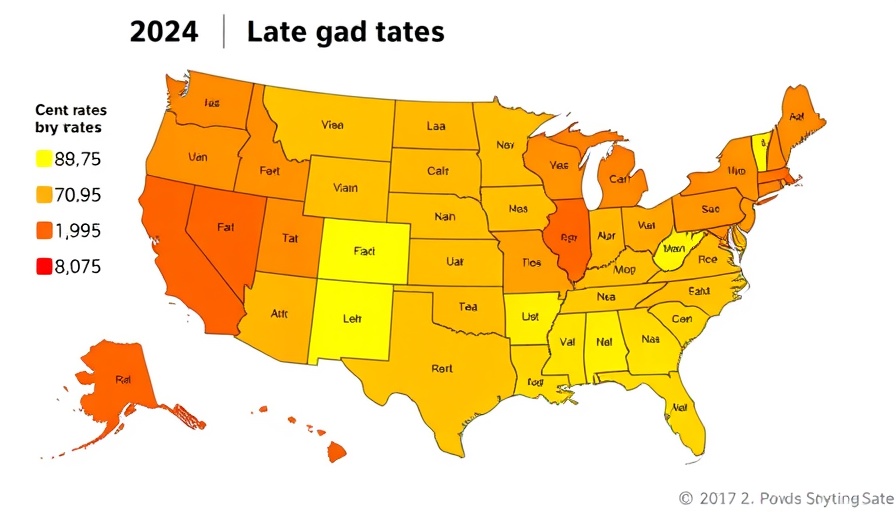
A Shift in Emissions Regulations: Small Businesses React
The recent legislative move in the U.S. Senate to pass H.J. Res. 88 is stirring significant interest amidst small business owners nationwide. Advocated by the National Federation of Independent Business (NFIB), this resolution targets California's ability to dictate vehicle emissions regulations across the country. As small businesses often operate within tight financial limits, such sweeping regulatory changes evoke passionate responses and serious implications for their operation.
Understanding California’s Waiver Authority
At the heart of the debate is California’s waiver authority under the Clean Air Act. This waiver allows the state to impose more stringent emissions standards than those set at the federal level. According to Adam Temple, NFIB Senior Vice President for Advocacy, this has created an environment where California's laws could unilaterally shape the regulatory landscape across the nation. He states, “A single state’s regulatory decisions could have a broad and costly impact on small business owners nationwide,” illustrating the crux of the dilemma.
Economic Implications for Small Businesses
This resolution is heralded by the NFIB as a necessary step to alleviate the burdens that high transportation costs impose on small business owners. Citing a recent poll, Temple noted that 90% of NFIB members believe Congress should lift these regulatory burdens. By rescinding California’s waiver, businesses that depend on traditional fuel vehicles may experience more manageable transportation costs, potentially stabilizing their operating environments.
The Importance of Consumer Choice
Another significant aspect of this resolution is its potential impact on consumer choice. With a desire for flexible operational capabilities, many business owners advocate for the freedom to choose gas-powered vehicles. Current polling indicates that 96% of NFIB members oppose federal restrictions on buying consumer products like gas-powered cars. This sentiment emphasizes a wider concern: the desire for diversity in vehicle options.
Navigating Industry Changes
However, the business landscape is evolving, with electric vehicles (EVs) starting to dominate the market. While the NFIB stands by its resolution, small business owners must remain mindful of the automotive industry's shift towards greater electrification. The gradual decline of the gas-powered vehicle market may challenge those reliant on conventional vehicles in the long run.
Diverse Perspectives on Emission Standards
The discussion surrounding H.J. Res. 88 is not black and white. While proponents, including many small businesses, emphasize cost savings and consumer choice, critics argue that stricter regulations play a crucial role in protecting public health and combating climate change. Opinions within the small business community vary, with some business owners recognizing the potential benefits of transitioning to new technologies like EVs.
Conclusion: Seeking Balance Amidst Change
As small businesses navigate these transitions, they face the complex interplay of economic viability and environmental responsibility. The resolution may indeed provide immediate relief for many, but the long-term sustainability of gas-powered vehicles is uncertain. This ongoing debate underscores the importance of balancing economic needs with the imperative to address climate change. Small business owners may need to engage actively in shaping the regulatory landscape while also adapting to the rapid changes in vehicle technology. Continuous dialogue will be essential as they strive to secure their operational future.
 Add Row
Add Row  Add
Add 

 Add Row
Add Row  Add
Add 



Write A Comment